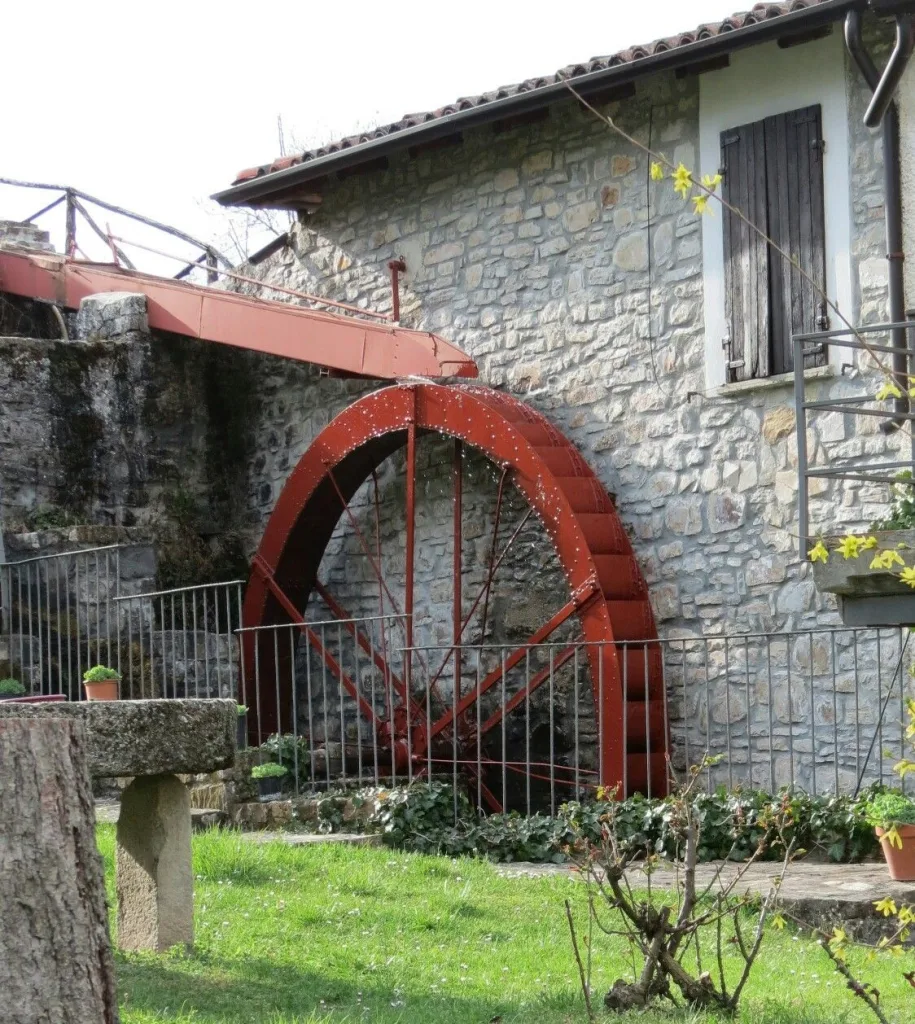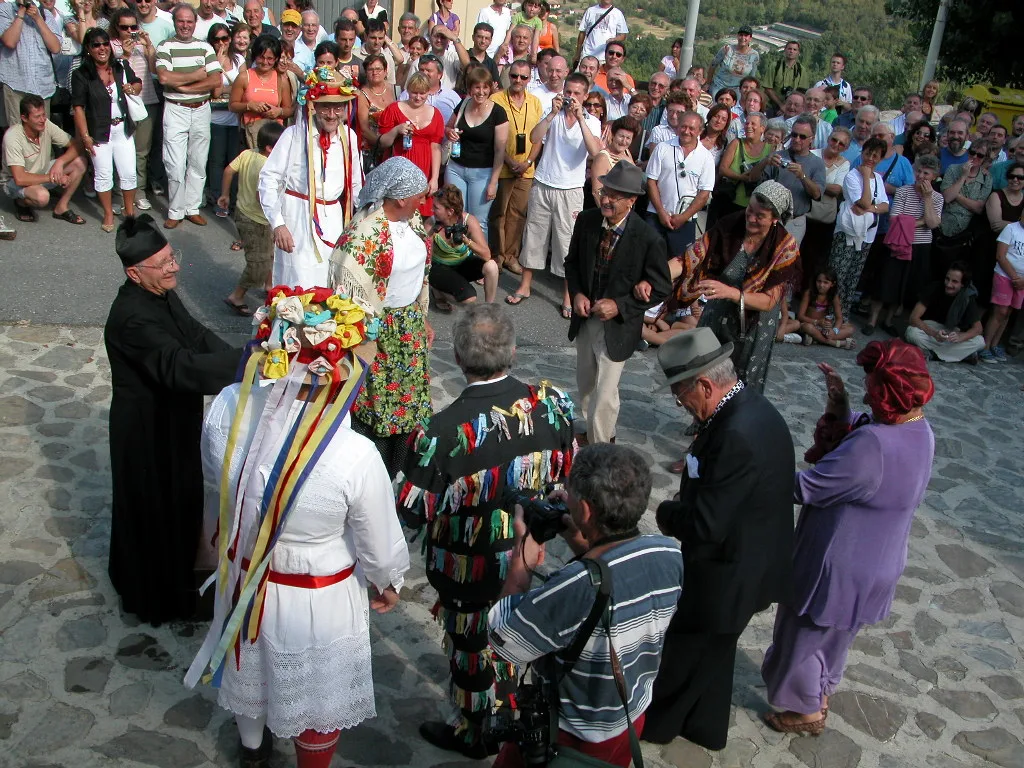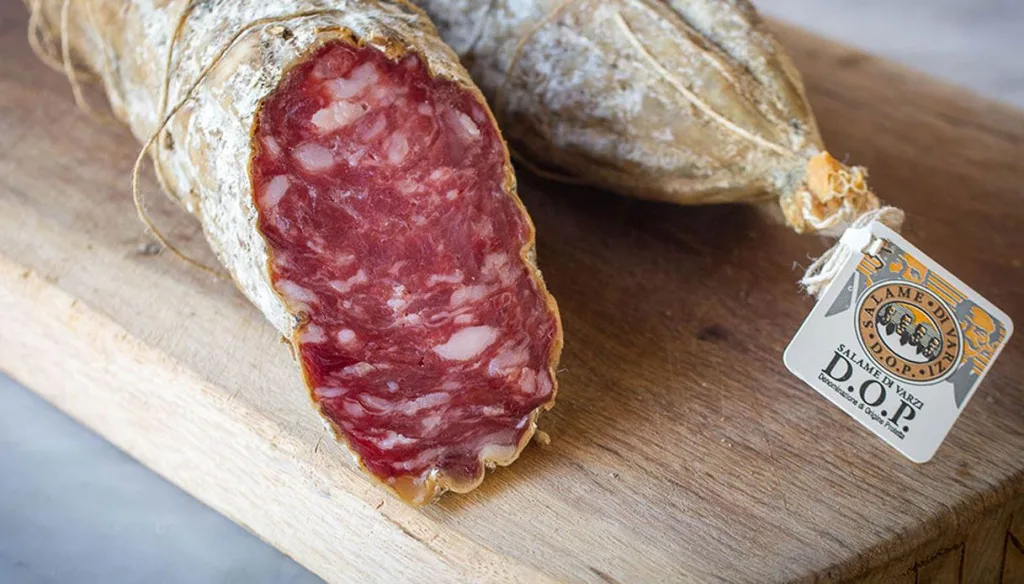In a land of battles and castles, as the Alto Oltrepò Pavese is, Santa Margherita di Staffora also has a long history to tell. The territory, located in the high valley at the source of the Staffora torrent, was controlled by the Malaspina family, who had a castle built there, and was strategically very important for the ancient Via del Sale, a transit road between the ports of Liguria and the Po valley. The marquisate experienced a period of splendour and political strategies to defend control of the territory.
With the arrival of the Savoys, however, the power of the Malaspina family, so strenuously safeguarded over the centuries, crumbled. Victor Emmanuel I asked the Marquisate for the restitution of their jurisdictional prerogatives over the lands they had been granted feudal concessions. They could retain ownership, but no longer the collection of taxes and hunting and fishing rights.
When Napoleon arrived in Italy in 1796, it was precisely from Santa Margherita di Staffora and from what was to be the last marquis of the municipality, the man of letters Giuseppe Malaspina, that an almost partisan revolt against the Napoleonic soldiers started. The nobleman rounded up a few opponents to the French, armed them and set off for Voghera. A plan that failed miserably: Bonaparte had the castle of Santa Margherita di Staffora stormed and the marquis had to flee to Austria, also putting an end to the Malaspina's political power.
A treasure chest of history immersed in nature
Santa Margherita di Staffora è una località conosciuta non solo per i suoi splendidi aspetti naturalistici, ma anche per il suo ricco patrimonio storico e culturale. Il luogo è custode di tesori come la caratteristica chiesetta di Santa Margherita, il Mulino Pellegro e la fornace romana di Massinigo. Ed è anche avvolto da una leggenda oscura, legata ai resti del Castello Malaspina.

The small church of Santa Margherita stands in a dominant position, also offering a beautiful view of the entire surrounding area. This architectural jewel dates back to medieval times and is an important symbol of faith and spirituality for the local community.
Pellegro Mill, the last well-preserved mill in the valley, is a memorial to the ancient milling activity that once animated the area. Still functioning, it is a true historical treasure, allowing the ancient art of milling cereals to be revived.
The Roman kiln at Massinigo is another treasure that bears witness to the historical heritage of Santa Margherita di Staffora. Used since the 1st century A.D., a precious symbol of the ancient activity of brick production, it has an archaeological fascination that attracts and intrigues history lovers.
stone remains of the Malaspina Castle. Although only two corner walls remain, the fortress evokes a mysterious past. Legend has it that the owners of the manor used to get rid of their wives by throwing them into the well.
The Carnival of Cegni
At an altitude of about 800 metres, on the slopes of Mount Bogleglio, is the small hamlet of Cegni, famous for its White Carnival, which takes place on 16 August and attracts many tourists. Amid dancing and singing to the notes of fifes and accordions, the inhabitants offer guests arriving in the valley ravioli, pancakes, biscuits and homemade products.

A tribute to His Majesty the Salami
A visit to Santa Margherita di Staffora cannot end without paying due homage to local food and wine with a visit to the Salumiere Museum, dedicated to the art of producing the famous Salame di Varzi PDO.









